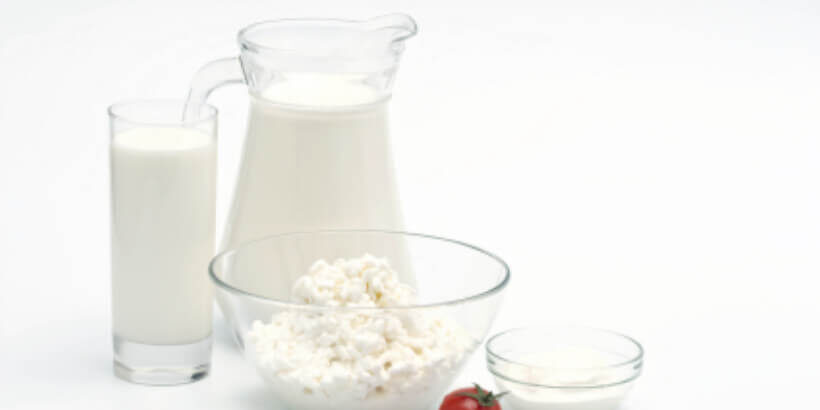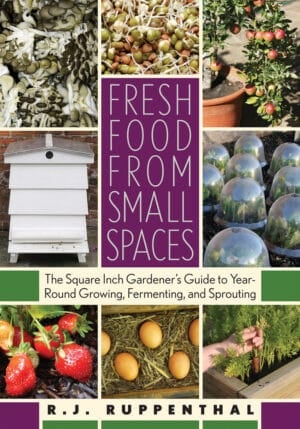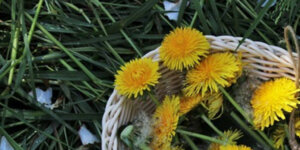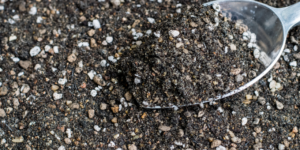Making Yogurt or Kefir Cheese: A Simple How-To

Making your own yogurt is an easy, healthy, and affordable way to experiment with fermentation, make milk last longer, and replace an industrial food product filled with mysterious chemical ingredients with one you know all about.
Yogurt itself is a wonderful, versatile food, but you can also turn it into a spread or dip by thickening it with this simple method.
The following is an excerpt from Fresh Food from Small Spaces: The Square-Inch Gardener’s Guide to Year-Round Growing, Fermenting, and Sprouting by R. J. Ruppenthal.
You can make a spreadable cheese (resembling cream cheese or sour cream) from either yogurt or kefir. You will notice that when you make either yogurt or kefir, it becomes more solid and sour the longer you let it ferment. Make sure to start the cheese with some mature yogurt or kefir, not the particularly runny stuff; give it a few extra hours of fermentation time for good measure.
- A few ounces of strong yogurt or kefir
- Large glass jar, measuring beaker, bowl, or clay pot
- One square of cheesecloth or large coffee filter
- Strainer that fits over this container or an extra-large piece of cheesecloth
- Large rubber band or twine
Wrap your homemade yogurt in cheesecloth or a coffee filter. Using the strainer or extra cheesecloth (with rubber band or twine if needed), suspend this package above the container. Make sure it has room to drip. Put this in the refrigerator, an unused oven, or anywhere else it will fit and be relatively undisturbed. Leave and allow it to drain for 24 to 48 hours. Your main goal here is to strain out the water (whey) from the yogurt or kefir, leaving a solid mass that can be used like cheese. This recipe makes a nutritious, low-fat cheese. Be aware that your yogurt or kefir will continue to ferment during this time, so if you want a milder version, then you might want to put the cheese into the refrigerator as it drains. (This will slow down the fermentation.) Use the finished product as you would use cream cheese or sour cream. And don’t forget the whey: this liquid byproduct makes a refreshing drink on its own, or, if coming from kefir, it could be used to culture a batch of kimchi or sourdough starter.
Related Posts:
Recent Articles
You can forget about waiting for your wine to ferment, because we have a recipe for dandelion beer that will be ready in just a week! Who knew those weeds in your backyard could make such a fun beverage? The following excerpt is from Pascal Baudar’s Wildcrafting Brewer. It has been adapted for the web.…
Read MoreHow do you control bugs & pests on your fruit trees without using harmful sprays and treatments? Here are some tips for identifying insects on fruit trees and controlling them organically. The following is an excerpt from The Holistic Orchard by Michael Phillips. It has been adapted for the web. Finding Insects On Fruit Trees…
Read MoreNothing can be compared to the taste of a fresh, hot slice of pizza that came straight out of a wood-fired oven. By building your own clay wood-fired pizza oven, you’ll have this cheesy delicacy at your fingertips whenever you’re craving it! VIDEO: Building An Outdoor Clay Wood-Fired Pizza Oven Take it from Richard Miscovich,…
Read MoreLooking for ways to naturally enrich your garden? The answer is all around you….literally. Add local rocks & soil to your garden to improve soil health and see your crops flourishing in no time. The following is an excerpt from The Regenerative Grower’s Guide to Garden Amendments by Nigel Palmer. It has been adapted for the…
Read MoreGarden strawberries are excellent for both covering the ground and for growing fruit. If you’re planning out a forest garden, or are just looking for a plant to use as ground cover, strawberries are a great option. The following is an excerpt from The Home-Scale Forest Garden by Dani Baker. It has been adapted for…
Read More







